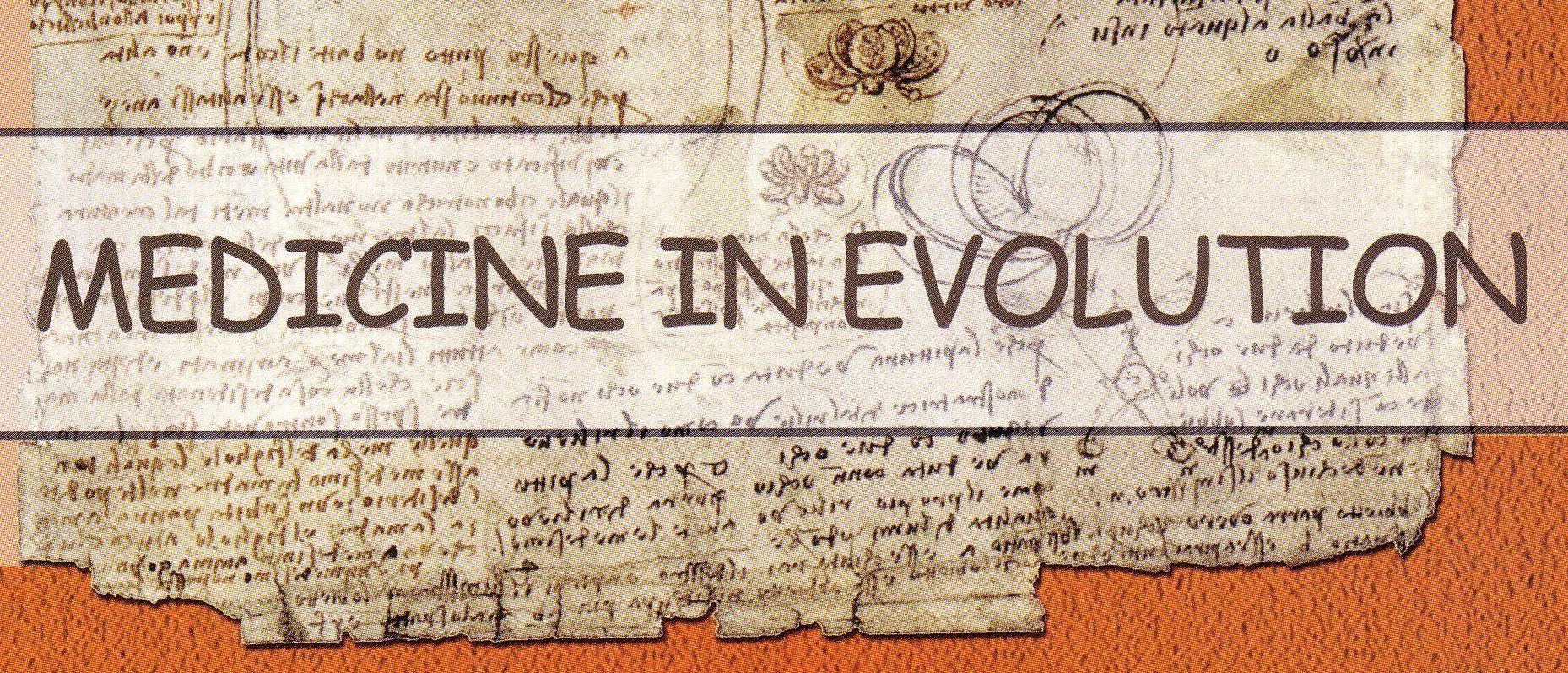|
Medicine in evolution
|
- Abstract - Chronic myeloid leukemia (CML) is a myeloproliferative disorder, characterized by a specific chromosomal aberration, the Philadelphia [Ph] chromosome. The Ph chromosome is the result of a reciprocal translocation between the long arms of chromosomes 9 and 22, t (9; 22) (q34; q11). The molecular consequence of this translocation is a novel fusion gene, BCR-ABL, which encodes a constitutively active tyrosine kinase, implicated in pathophysiology and development of CML. Targeted therapy in the form of selective tyrosine kinase inhibitors (TKI) has transformed the approach to management of chronic myeloid leukemia (CML) and dramatically improved patient outcome to the extent that imatinib is currently accepted as the first-line agent for nearly all patients presenting with CML, regardless of the phase of the disease. Impressive clinical responses are obtained in the majority of patients in chronic phase; however, not all patients experience an optimal response to imatinib, and furthermore, the clinical response in a number of patients will not be sustained. Mechanisms of resistance to imatinib therapy have been extensively studied in the past decade, and novel molecules and therapeutic strategies have been evaluated in order to overcome resistance [1]. The introduction of second generation TKIs (SGTKI) in the past 4 years have at some extent addressed the issue of imatinib resistance (except the feared T315I mutation), however resistance occurs and the oncogenic BCR-ABL signal transduction is restored in some of the CML patients treated with SGTKIs leading to clinical disease resistance. In contrast with imatinib resistance extensively explored in the past years, the mechanisms involved in the second generation TKI resistance are a more recent topic of very high interest. The molecular pathogenesis of resistance against novel tyrosine kinase inhibitors, nilotinib, or dasatinib in CML patients is best understood based on mutations within the ABL-kinase domain. However, in about 50% of patients, clinical resistance so far cannot be linked to known mutations. Mutation-independent resistance development is imparted by a multifactorial array of mechanisms. Along with the understanding of the complex mechanism involved in resistance different alternative therapeutic strategies started to be evaluated: clinical studies now focus on dose modifications, drug scheduling, optimized inhibitors, and drug combinations aiming to prevent resistance development.[2] In this review article we intend to make an overview of the most recent data addressing the issue of tyrozin kinaze inhibitor resistance and strategies of overcoming them.
Key words: Tyrozin kinaze inhibitors, chronic myeloid leukemia, resistance, mutations
Webmaster: Creanga Madalina |
|---|---|
